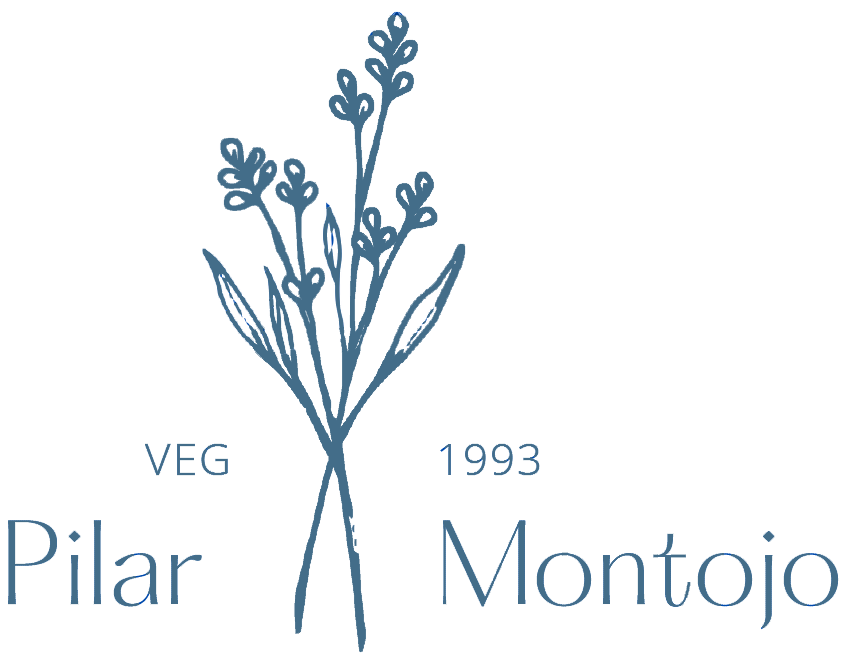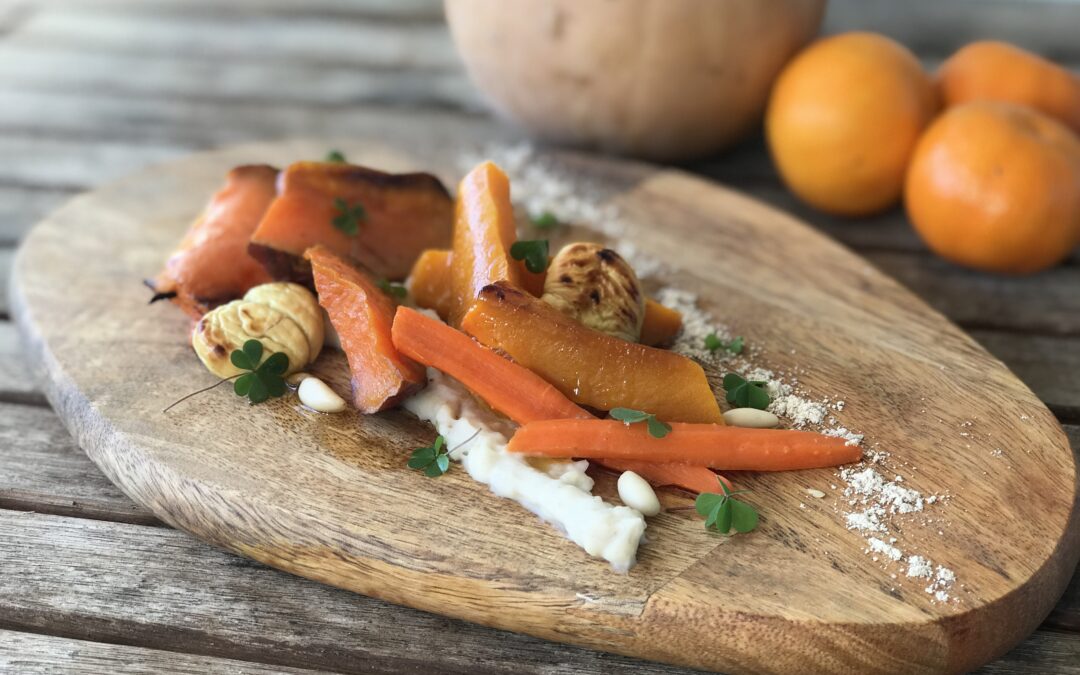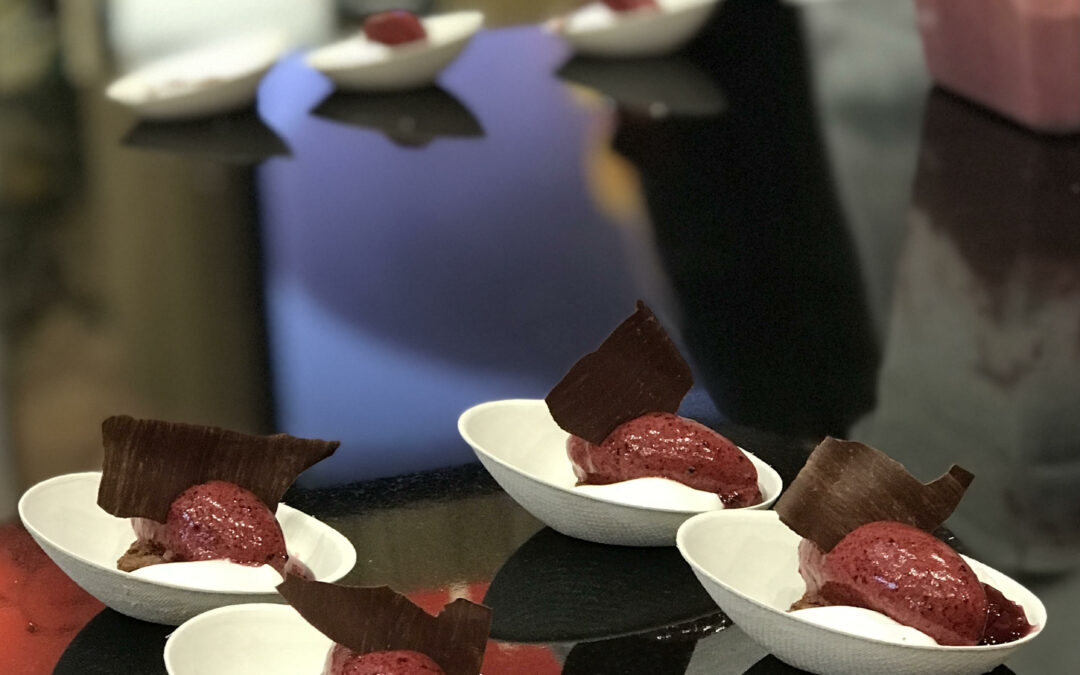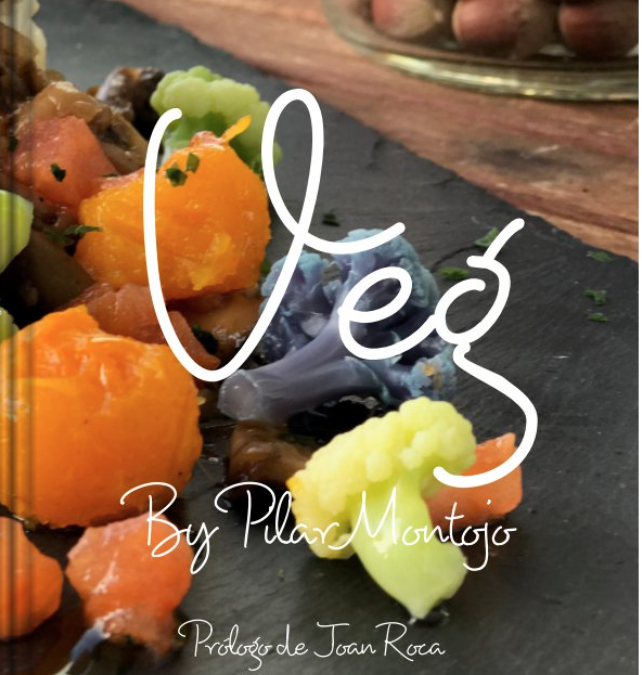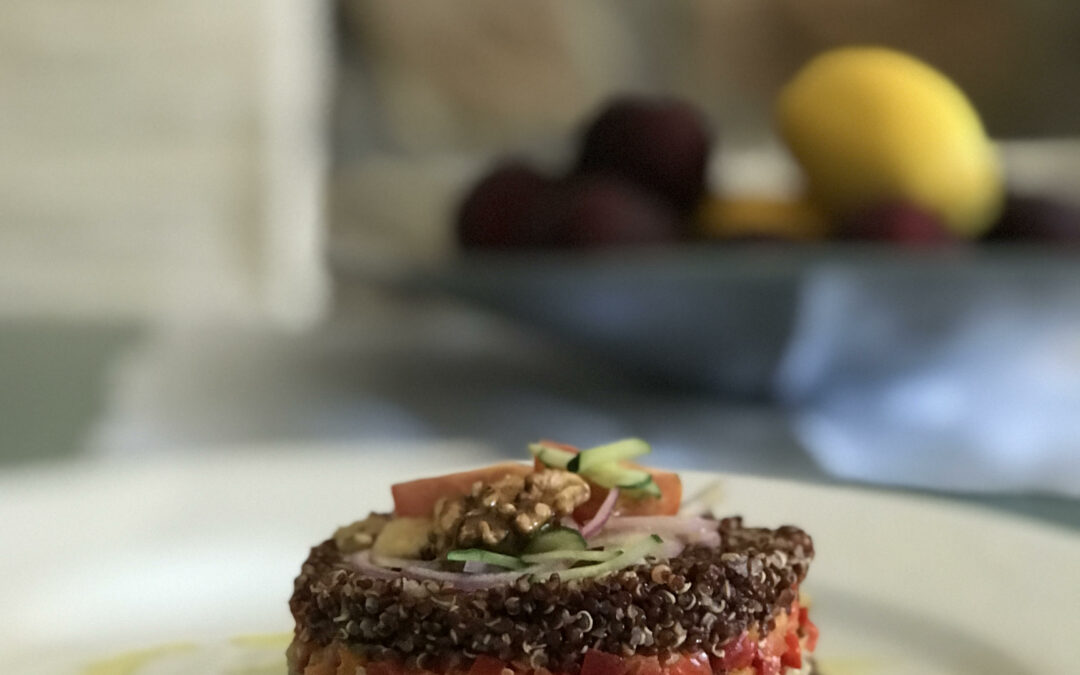
SUMMER FOOD
Summer meals, as a general rule, tend to be more refreshing, moist, light meals, and also contain a greater contribution of vegetables and fruits. Eating gently helps to minimize the effort of our digestive system and to better cope with the increase in temperature, both outside and in the human body itself, especially during digestion when the temperature inside our body rises.
Lightening the amount of food in one meal to precisely avoid excess heat later, we call it having light digestion and not everyone is used to it. There are people who, if they do not feel the final heaviness, believe that they have not eaten enough or do not feel satisfied. It is what they have become accustomed to through daily habits. Heavy meals can be drowsy due to the great energy needed to cope with digestion. Therefore, before traveling it is advisable not to eat too much or too high in calories due to the great effort our body makes to carry out said digestion.
The kilocalorie (kcal) is a unit of heat, which means that it is the energy that each type of food gives us to carry out all functions: proteins and carbohydrates with 4 kcal/100 g and fats with 9 Kcal/100g of food. Vegetables, with few kcal, are the fundamental base of the summer, they are less caloric and much more digestible than the rest: most of them are water, vitamins, minerals, and almost imperceptible amounts of fat or protein with some carbohydrates that It usually gives them their natural sweetness.
This type of summer meal also entails, for our body, a constant replenishment of fluids and minerals that are lost due to increased body perspiration. This perspiration is the physical response to external heat to cool off. Drinking fruit juices is a good way to provide minerals and vitamins naturally, without buying processed products: lemonade, peach juice,…
Another point to highlight at this time is that food is usually eaten cold and raw.
Let’s go in parts. The cold temperature of the food and preparations helps to calm the stifling heat outside. But is it really good for our body to eat cold foods? Cold foods do not help good digestion, rather they slow it down because the body must heat the food to carry out the entire digestion process. Our body has a temperature approximately between 35-37ºC and food must be transformed at this temperature right at the beginning of the digestive process. Not consuming hot foods can cause constipation. We should combine hot and cold foods or drink an infusion in the morning to help drag out the digestive contents. Waste foods should not be stored for a long time or come into contact with our internal organs excessively.
Although it may seems strange, in countries where the heat is extreme, hot foods are consumed to combat excess temperature. It’s the same as taking a hot shower. When you go outside you are not as hot because there is no contrast in temperatures between the body and the outside.
On the other hand, eating raw foods allows us to take better advantage of all the water-soluble vitamins and minerals that have not been destroyed by cooking. Vitamins are basically destroyed for three reasons: due to excessive cooking, leaving the plant to soak or due to the amount of time that has passed since it is cut from the plant. Eating with more vitamins depends on us and our knowledge. The storage of fruits and vegetables at home, even in the refrigerator, decreases as the days go by. That is why it is essential to consume food as quickly as possible after purchasing it because we do not know when it was pulled from the ground, or from a tree, or how long it has been in the store where we made the purchase. In summary, with each passing day its amount of nutrients decreases by 5%.
At this time of year, when the consumption of fruits and vegetables increases, we must take advantage of doing a little cleaning in our digestive system. Dedicating a dinner or several dinners to consuming only fruit will help our body to purify it, reduce inflammation and, above all, nourish it with vitamins, which is the function of food in summer. It also means a rest for our interior that translates into weight loss and an increase in energy.
We’ve all heard about cherry cures or pineapple cleanses. The purpose of these purifications is to “reset” our body, taking advantage of the fact that our body does not need as much energy. In winter things change, the body must raise its temperature to fight against the cold outside temperatures. The colder, the more energy. And the energy that comes from food is needed, both in quantity and quality, with more filling and caloric foods.
And when a cold season comes, you have to “clean all the pipes” to make them more fluid and summer foods take care of this. If we look at summer foods, those that this hot season offers us are basically foods full of water full of vitamins: tomatoes, cucumbers, spring onions, watermelon, melon,… We can take them in the form of juices, salads, liquid salads, starters, desserts, and everything you can use.
THE SALADS
The star dish of summer is undoubtedly the salad. According to the RAE, salad is a feminine name and is defined as “Vegetable or set of mixed vegetables, cut into pieces and seasoned with salt, oil, vinegar and other ingredients.” In short, it is a preparation of seasoned raw foods. A raw food contains its maximum expression of vitamins and minerals and is considered the healthiest.
In recent years, salads have evolved spectacularly in every sense: types of elements, temperature contrast, different textures in the same dish, decorations,… One can also talk about classifications, although in general there are solid and liquid salads. , the classic ones like the Waldorf, the tartars, the carpaccios, the exotic ones, the traditional ones, and we could continue because the list is endless.
And what can we say about the dressings! There are all kinds of mixes and flavors. And just like salads, the list is never ending. Vinaigrettes are different in each country. There is a classification or name in which it varies according to the type of oil or acid used, for example the French one has mustard to bind. Therefore, it is convenient to have several types of vinegars or oils in our kitchen to create different salads from their dressing. For example, fruits can be added to a summer salad and an aromatic and fruity vinegar such as apple cider vinegar is preferable for its dressing. If the fruits are acidic, try adding a touch of balsamic vinegar which is sweet and to a gazpacho a traditional wine vinegar mixed with a touch of sherry vinegar. As you can see, playing with ingredients can mean a before and after in making your own salads.
If you like to vary and create a salad with different textures and flavors, you can use this list as a reference to take into account and open the range of possibilities on your plate:
– Fresh leaves of different salads
– Sweet: carrot, fruits, dried fruit,
– Crunchy: nuts, seeds, fried bread
– Acid: fruits such as raspberry, lemon vinaigrette,
– Creamy: cheeses, avocado, hummus,
– Sauce or vinaigrette
#summerfood #salads #vinaigrette
